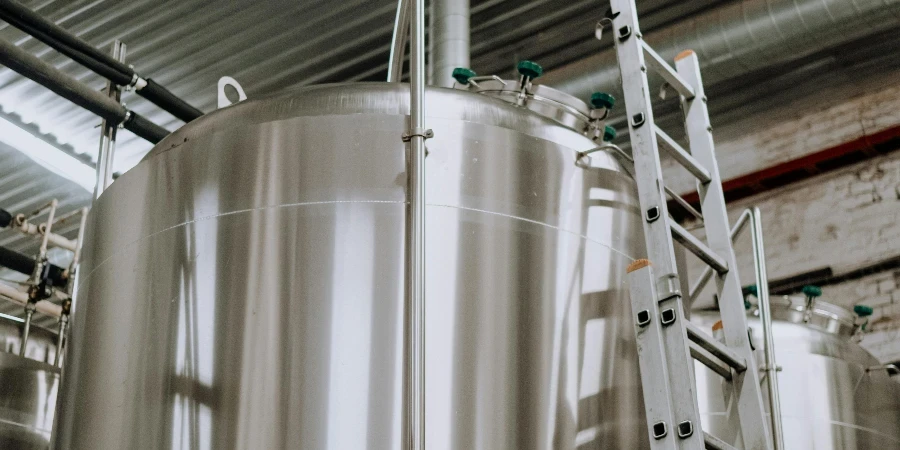En 2025, el mercado de fermentadores avanzados está en auge, impulsado por las innovaciones en biotecnología y las tendencias en aumento en materia de salud. Este artículo analiza en profundidad las consideraciones cruciales para seleccionar el mejor fermentador y ofrece a los compradores comerciales información valiosa y orientación para tomar decisiones informadas.
Índice:
- Descripción general del mercado: Industria de fermentadores avanzados
-Análisis y perspectivas detalladas del mercado
- Factores clave a la hora de seleccionar un fermentador avanzado
-Cumplimiento Normativo y Certificaciones
-Durabilidad y vida útil del producto
-Eficiencia Energética e Impacto Ambiental
-Reflexiones finales
Descripción general del mercado: Industria de fermentadores avanzados
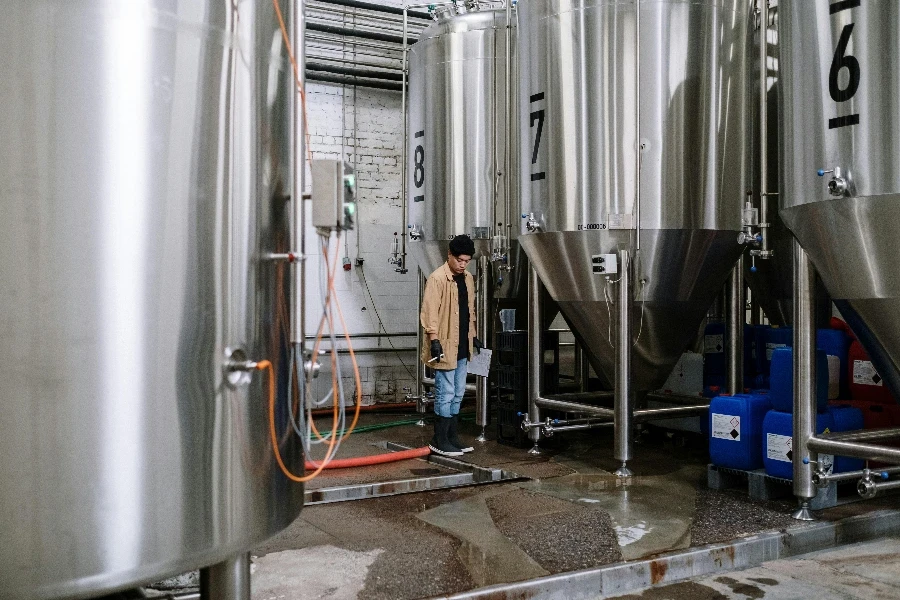
El mercado mundial de fermentadores avanzados ha mostrado un crecimiento notable, valorado en aproximadamente USD 1.2 millones en 2024. Las proyecciones indican que alcanzará los USD 1.7 millones en 2032, creciendo a una tasa de crecimiento anual compuesta (CAGR) del 3.95%. Este crecimiento está impulsado por la creciente demanda de productos biofarmacéuticos, biocombustibles y alimentos y bebidas, que requieren procesos de fermentación precisos y eficientes. El mercado se concentra predominantemente en América del Norte, Europa y Asia-Pacífico, y América del Norte tiene la mayor participación debido a sus sólidas industrias biotecnológicas y farmacéuticas.
La adopción de fermentadores avanzados está influenciada significativamente por la creciente conciencia de la salud entre los consumidores, lo que genera una mayor demanda de probióticos, suplementos dietéticos y otros productos orientados a la salud. Las importantes inversiones en actividades de investigación y desarrollo (I+D) tienen como objetivo mejorar la eficiencia y las capacidades de la tecnología de fermentación. Además, se espera que la digitalización y la automatización de los procesos de fermentación impulsen aún más el crecimiento del mercado, proporcionando capacidades mejoradas de control y monitoreo a los fabricantes.
Análisis y perspectivas detalladas del mercado
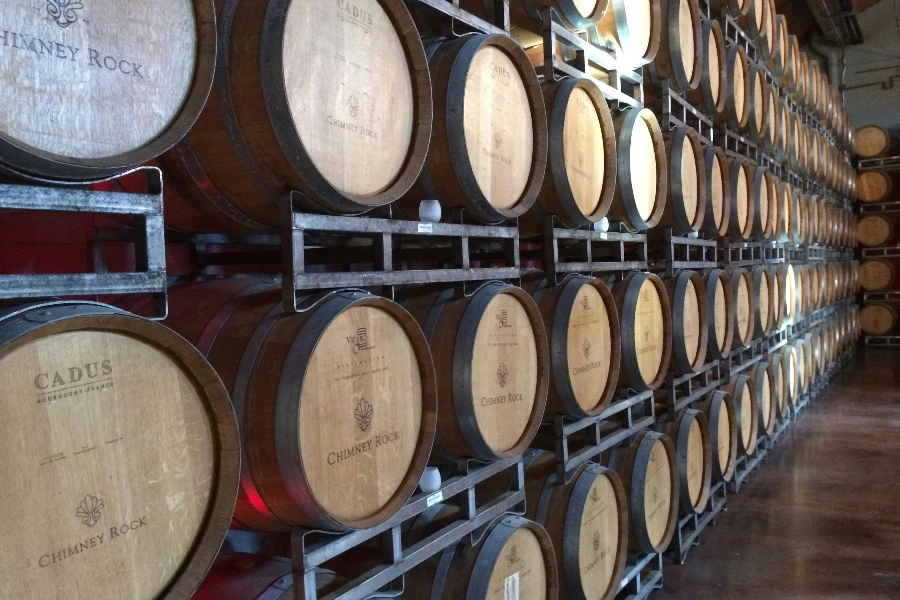
Los fermentadores avanzados son fundamentales en diversas industrias, incluidas las farmacéuticas, las de alimentos y bebidas y las de biocombustibles, debido a su capacidad para optimizar el proceso de fermentación. Los parámetros de rendimiento clave incluyen el alto rendimiento, la eficiencia energética y el mantenimiento de las condiciones estériles. Empresas líderes como Sartorius AG, Thermo Fisher Scientific y Eppendorf AG dominan el mercado, aprovechando sus capacidades tecnológicas avanzadas y sus extensas redes de distribución.
Las influencias económicas, como el aumento de los ingresos disponibles y las crecientes inversiones en biotecnología, impulsan la demanda de fermentadores avanzados. El comportamiento de los consumidores está cambiando hacia productos de salud y bienestar, lo que impulsa la necesidad de procesos de fermentación eficientes para producir probióticos y suplementos de alta calidad. Los canales de distribución están evolucionando y las ventas en línea están ganando terreno debido a su conveniencia y mayor alcance, especialmente en los mercados emergentes.
Las innovaciones recientes en el mercado de fermentadores avanzados incluyen la integración de la tecnología de Internet de las cosas (IoT) y la inteligencia artificial (IA) para el monitoreo en tiempo real y el mantenimiento predictivo. Estas innovaciones mejoran la eficiencia y la confiabilidad operativas, reducen el tiempo de inactividad y aumentan la productividad. El ciclo de vida del producto de los fermentadores avanzados está evolucionando y los fabricantes se centran en desarrollar modelos más sostenibles y energéticamente eficientes para cumplir con las regulaciones ambientales y las expectativas de los consumidores.
Tendencias de digitalización y automatización
La digitalización está transformando el mercado de fermentadores avanzados al permitir la recopilación y el análisis de datos en tiempo real, lo que mejora el control y la optimización de los procesos. La automatización reduce la necesidad de intervención manual, lo que minimiza el riesgo de contaminación y el error humano. Estos avances son especialmente beneficiosos en las industrias farmacéutica y biofarmacéutica, donde la precisión y la esterilidad son cruciales.
Problemas de los clientes y soluciones
Un problema importante para los clientes es el alto costo de inversión inicial. Los fabricantes están abordando este problema ofreciendo opciones de financiamiento y modelos de leasing, haciendo que los fermentadores avanzados sean más accesibles para las empresas más pequeñas. Además, la complejidad de operar fermentadores avanzados puede ser un desafío, pero la capacitación continua y los servicios de soporte que brindan los fabricantes ayudan a los usuarios a maximizar el potencial de sus equipos.
Estrategias de posicionamiento y diferenciación de marca
Para destacarse en el competitivo mercado de fermentadores avanzados, las empresas se centran en estrategias de posicionamiento de marca que destaquen su experiencia tecnológica, confiabilidad y servicios de atención al cliente. Las estrategias de diferenciación incluyen ofrecer soluciones personalizadas adaptadas a las necesidades específicas de diferentes industrias, como la farmacéutica, la de alimentos y bebidas y la de biocombustibles. Al enfatizar su compromiso con la innovación y la sostenibilidad, las empresas pueden atraer una base de clientes más amplia y fortalecer su posición en el mercado.
Nichos de mercado y oportunidades
Los nichos de mercado dentro de la industria de los fermentadores avanzados incluyen la producción de bioproductos de alto valor, como medicamentos personalizados, enzimas especiales y productos químicos de origen biológico. Estos mercados ofrecen importantes oportunidades de crecimiento debido a su naturaleza especializada y a la alta demanda de procesos de fermentación precisos. Las empresas que desarrollan fermentadores avanzados adaptados a estas aplicaciones de nicho están bien posicionadas para capitalizar la creciente demanda de innovaciones biotecnológicas.
Factores clave a la hora de seleccionar un fermentador avanzado
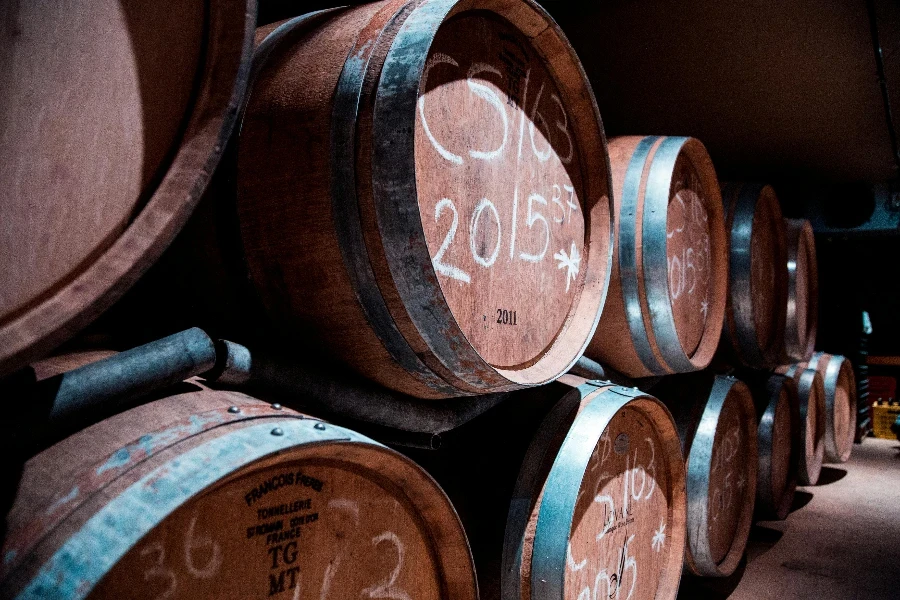
Tipos y Estilos
Al elegir fermentadores avanzados, tenga en cuenta los tipos y estilos disponibles. Las opciones más comunes incluyen fermentadores cilíndricos-cónicos, fermentadores abiertos y unitanques. Los fermentadores cilíndricos-cónicos son populares en la elaboración de cerveza a gran escala debido a la sedimentación eficiente y la facilidad de recolección de levadura. Los fermentadores abiertos, aunque menos comunes, se utilizan para los métodos de elaboración de cerveza tradicionales, lo que permite interacciones naturales con la levadura. Los unitanques son versátiles y funcionan como fermentadores, tanques de acondicionamiento y tanques de servicio, lo que los hace ideales para operaciones más pequeñas o espacios limitados.
La elección depende de las necesidades específicas del proceso de elaboración de la cerveza. Los fermentadores cilíndricos-cónicos son adecuados para operaciones de gran volumen, mientras que los fermentadores abiertos son ideales para las cervezas artesanales. Comprender las ventajas y limitaciones de cada tipo es esencial para tomar una decisión informada.
Rendimiento y funcionalidad
El rendimiento y la funcionalidad son fundamentales a la hora de seleccionar un fermentador avanzado. Los indicadores clave incluyen el control de la temperatura, el manejo de la presión y la facilidad de limpieza. Los fermentadores avanzados suelen tener sistemas de control de temperatura precisos, esenciales para mantener las condiciones óptimas de fermentación y una calidad constante del producto. Estos sistemas pueden incluir camisas de glicol o serpentines de refrigeración internos para una regulación eficiente de la temperatura.
El manejo de la presión es crucial, especialmente para la elaboración de bebidas carbonatadas. Los fermentadores que soportan presiones más altas permiten la carbonatación natural, lo que mejora el sabor y la sensación en boca. La facilidad de limpieza y desinfección es vital para evitar la contaminación y garantizar la seguridad del producto. Características como los sistemas de limpieza in situ (CIP) y las superficies internas lisas reducen el tiempo y el esfuerzo de limpieza.
Materiales y calidad de construcción
Los materiales y la calidad de construcción de un fermentador afectan su durabilidad y rendimiento. El acero inoxidable es el preferido por su resistencia a la corrosión, su solidez y su facilidad de limpieza. El acero inoxidable de alta calidad, como el de grado 304 o 316, garantiza que el fermentador resista los rigores del proceso de elaboración de la cerveza y mantenga su integridad a lo largo del tiempo.
La calidad de la construcción también incluye la precisión de las soldaduras y la construcción general. Las soldaduras lisas y sin costuras reducen el riesgo de contaminación bacteriana y simplifican la limpieza. Las estructuras de soporte robustas, los accesorios de alta calidad y los mecanismos de sellado confiables contribuyen a la longevidad y la eficiencia del fermentador.
Características de la última tecnología
La incorporación de las últimas características tecnológicas mejora la funcionalidad y la eficiencia de los fermentadores avanzados. Los fermentadores modernos suelen tener paneles de control digitales para el control y monitoreo precisos de los parámetros de fermentación, como la temperatura, la presión y los niveles de pH. Estos paneles se pueden integrar con sistemas de software para el registro de datos en tiempo real, el monitoreo remoto y las alertas automáticas para las desviaciones de los parámetros establecidos.
Los sistemas automatizados de limpieza in situ (CIP) agilizan la limpieza y garantizan una desinfección completa. Los sensores integrados de presión y temperatura proporcionan un control preciso, lo que reduce el error humano. Algunos fermentadores avanzados cuentan con diseños modulares para facilitar las actualizaciones y la personalización en función de las necesidades específicas de elaboración de cerveza.
Rango de precios y presupuesto
El rango de precios y el presupuesto son factores importantes a tener en cuenta a la hora de seleccionar un fermentador avanzado. Los precios varían ampliamente según el tamaño, los materiales, las características y la marca. Si bien los modelos menos costosos pueden resultar tentadores, considere el valor a largo plazo y el retorno de la inversión. Los fermentadores de mayor precio suelen tener una mejor calidad de construcción, características avanzadas y mayor durabilidad, lo que genera ahorros de costos debido a un menor mantenimiento y una mayor eficiencia.
Tenga en cuenta el costo total de propiedad, incluidos los costos de instalación, mantenimiento y operación. Evalúe la eficiencia energética del fermentador, la facilidad de mantenimiento y el potencial de actualizaciones futuras para tomar una decisión rentable. Además, considere el valor de reventa potencial para la viabilidad financiera a largo plazo.
Cumplimiento normativo y certificaciones
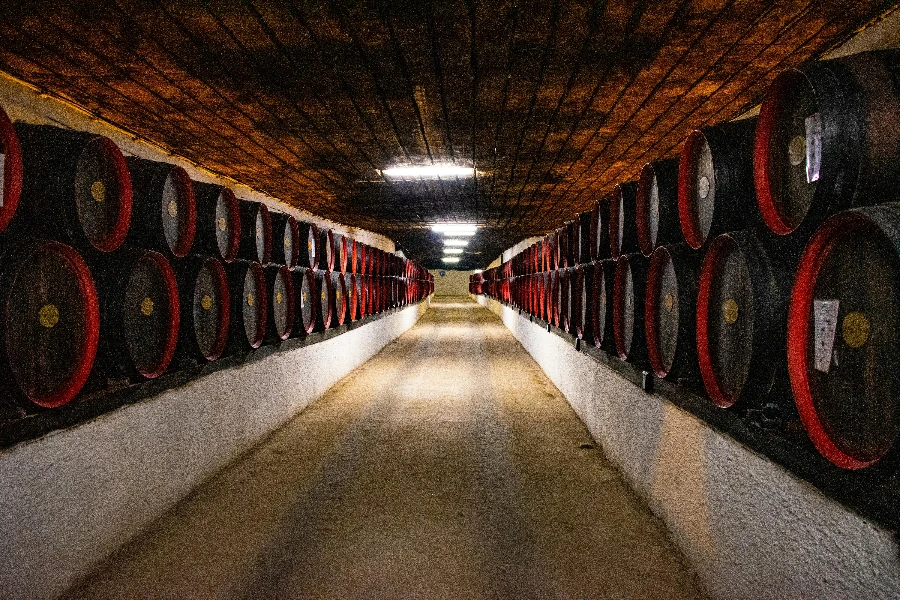
Asegurarse de que el fermentador avanzado cumple con las normas y certificaciones regulatorias pertinentes es crucial por razones legales y de seguridad. Los fermentadores utilizados en la producción de alimentos y bebidas deben cumplir con estrictos estándares de higiene y seguridad establecidos por organismos reguladores como la FDA, la UE y las autoridades locales. Certificaciones como ISO 9001, ASME y marca CE indican pruebas rigurosas y estándares de alta calidad.
El cumplimiento garantiza la seguridad y la calidad, lo que minimiza los problemas legales y las posibles retiradas de productos del mercado. Verifique que el fermentador cuente con la documentación y las certificaciones necesarias, y mantenga los registros accesibles para inspecciones y auditorías.
Durabilidad y vida útil del producto
La durabilidad y la vida útil del producto de un fermentador avanzado afectan su valor general y su confiabilidad. Invertir en un fermentador de alta calidad fabricado con materiales duraderos como el acero inoxidable garantiza que resista las demandas del proceso de elaboración de cerveza y dure muchos años. El mantenimiento regular y el cuidado adecuado extienden la vida útil del fermentador, lo que lo convierte en una inversión que vale la pena.
Los fermentadores avanzados con una construcción robusta, accesorios de alta calidad y mecanismos de sellado confiables son menos propensos al desgaste, lo que reduce la necesidad de reparaciones y reemplazos frecuentes. Tener en cuenta la durabilidad a largo plazo y el potencial de actualización ayuda a seleccionar un fermentador que brinde un rendimiento y un valor constantes.
Eficiencia Energética e Impacto Ambiental
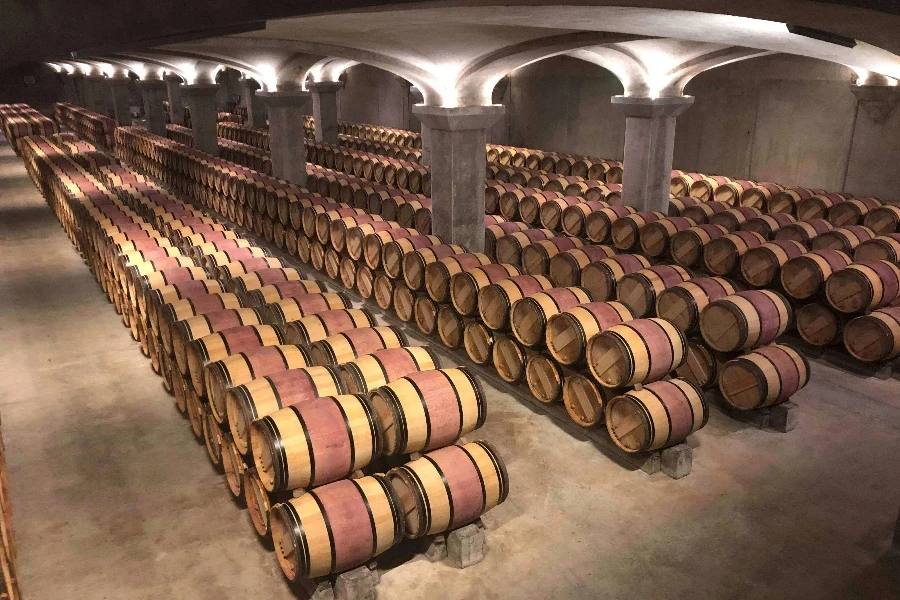
La eficiencia energética y el impacto ambiental son factores importantes a tener en cuenta a la hora de seleccionar fermentadores avanzados. Los fermentadores energéticamente eficientes reducen los costos operativos y contribuyen a los objetivos de sostenibilidad. Características como el aislamiento avanzado, los sistemas de enfriamiento eficientes y el control automático de la temperatura minimizan el consumo de energía y mejoran la eficiencia.
Al evaluar los materiales, los procesos de fabricación y las opciones de eliminación del fermentador, se tiene en cuenta el impacto ambiental. Elegir fermentadores fabricados con materiales reciclables y cumplir con las normas ambientales ayuda a reducir la huella de carbono de la cervecería y a promover prácticas sostenibles.
Reflexiones Finales:
Para seleccionar el fermentador avanzado adecuado, es necesario tener en cuenta cuidadosamente factores como los tipos y estilos, el rendimiento y la funcionalidad, los materiales y la calidad de construcción, las características tecnológicas más recientes, el rango de precios y el presupuesto, el cumplimiento normativo y las certificaciones, la durabilidad y la vida útil del producto, y la eficiencia energética y el impacto ambiental. Al evaluar estos factores y comprender los requisitos del proceso de elaboración de cerveza, las empresas pueden tomar decisiones informadas que garanticen un rendimiento y una longevidad óptimos del fermentador.
